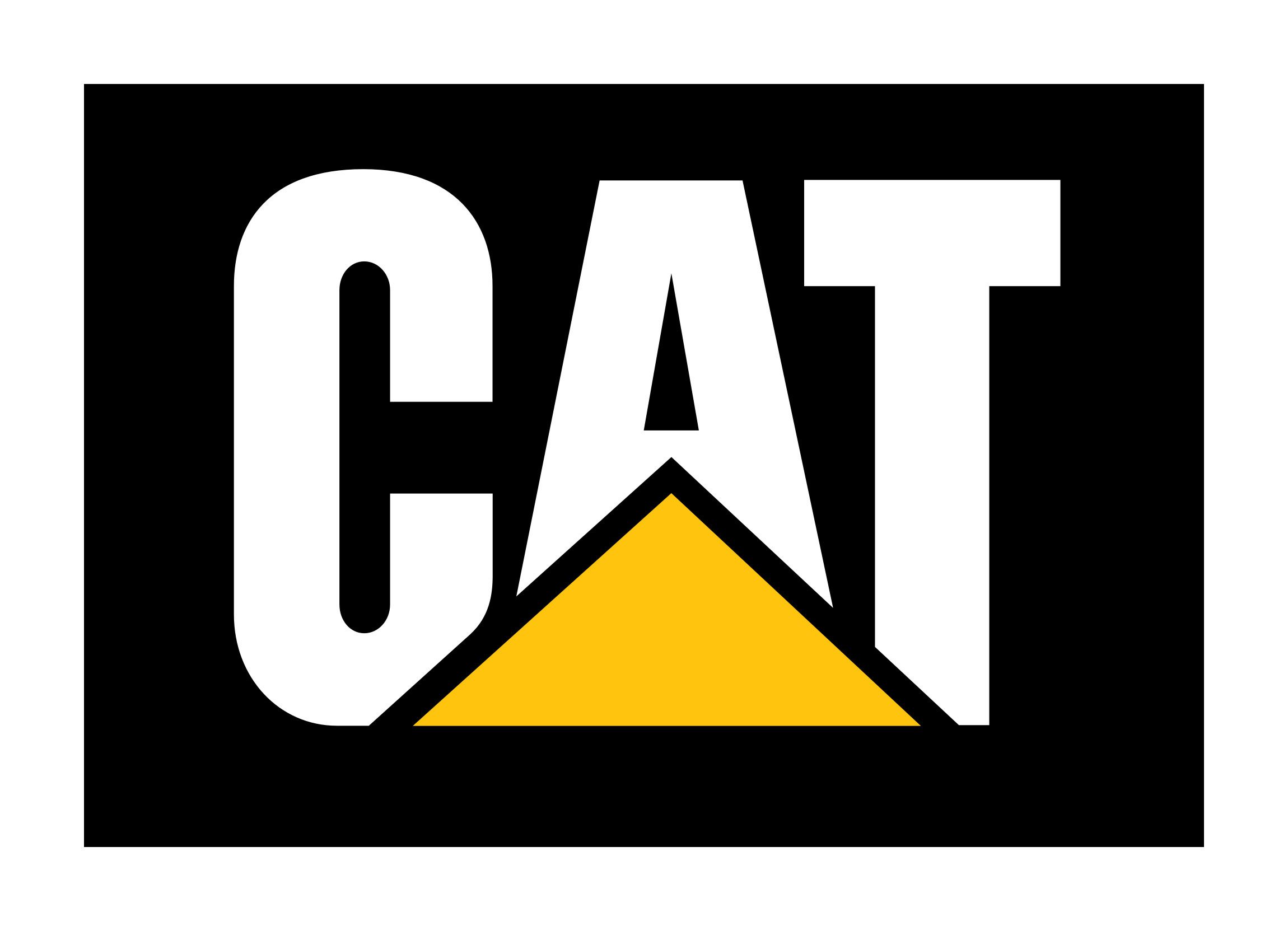
Information On Caterpillar Digger
Caterpillar Facts in a Nutshell
Caterpillar Inc. (abbreviated as CAT) is a Fortune 100 company based in the United States that designs, develops, engineers, produces, markets, and sells equipment, engines, financial goods, and insurance to consumers through a global dealer network. It is the world's largest producer of construction equipment. Caterpillar was ranked 65th on the Fortune 500 list and 238th on the Global Fortune 500 list in 2018. The Dow Jones Industrial Average includes Caterpillar stock. Caterpillar Inc. was founded in 1925 when the Holt Manufacturing Company and the C. L. Best Tractor Company merged to form the Caterpillar Tractor Company, based in California. The company changed its name to Caterpillar Inc. in 1986 after reorganising as a Delaware corporation. Its headquarters are in Deerfield, Illinois; it announced in January 2017 that it will move its headquarters from Peoria, Illinois, to Deerfield, Illinois, over the course of the year, abandoning plans from 2015 to construct a $800 million new headquarters complex in downtown Peoria. Under the Cat / Caterpillar brand, the company also licences and sells a range of apparel and workwear boots. The "CAT" emblem and the signature "Caterpillar Yellow" livery distinguish Caterpillar machinery.
The Caterpillar Company's History
Caterpillar Company formed (1925) A 60-horsepower Caterpillar Sixty being used for road work in the Cibola National Forest, New Mexico, United States in 1931 The banks and bankers who held the company's large debt forced the Holt board of directors to accept their candidate, Thomas A. Baxter, to succeed Benjamin Holt. Baxter initially cut the large tractors from the company's product line and introduced smaller models focused on the agricultural market.
When the Federal Aid Highway Act of 1921 funded a US$1 billion federal highway building program, Baxter began refocusing the company towards building road-construction equipment. Both companies also faced fierce competition from the Fordson company. Between 1907 and 1918, Best and Holt had spent about US$1.5 million in legal fees fighting each other in a number of contractual, trademark, and patent infringement lawsuits. Harry H. Fair of the bond brokerage house of Pierce, Fair & Company of San Francisco had helped to finance C. L. Best's debt and Holt shareholders approached him about their company's financial difficulty.
Fair recommended that the two companies should merge. In April and May 1925, the financially stronger C. L. Best merged with the market leader Holt Caterpillar to form the Caterpillar Tractor Co. The new company was headquartered in San Leandro until 1930, when under the terms of the merger, it was moved to Peoria. Baxter had been removed as CEO earlier in 1925, and Clarence Leo Best assumed the title of CEO, and remained in that role until October 1951.
The Caterpillar company consolidated its product lines, offering only five track-type tractors: the 2 Ton, 5 Ton, and 10 Ton from the Holt Manufacturing Company's old product line and the Caterpillar 30 and Caterpillar 60 from the C. L. Best Tractor Co.'s former product line. The 10 Ton and 5 Ton models were discontinued in 1926. In 1928, the 2 Ton was discontinued. Sales the first year were US$13 million. By 1929, sales climbed to US$52.8 million, and Caterpillar continued to grow throughout the Great Depression of the 1930s. Caterpillar adopted the diesel engine to replace gasoline engines. During World War II, Caterpillar products found fame with the Seabees, construction battalions of the United States Navy, which built airfields and other facilities in the Pacific Theater of Operations. Caterpillar ranked 44th among United States corporations in the value of wartime military production contracts. During the postwar construction boom, the company grew at a rapid pace, and launched its first venture outside the U.S. in 1950, marking the beginning of Caterpillar's development into a multinational corporation.
In 2018, Caterpillar was in the process of restructuring, closing a demonstration center in Panama and a engine-manufacturing facility in Illinois.
Manufacturing Of Caterpillar
Caterpillar manufactures products and parts in 110 locations around the world. Australia (until 2015), Belgium, Brazil, Canada, China, Czech Republic, England, France, Germany, Hungary, India (Tiruvallur), Indonesia, Italy, Japan, Mexico, the Netherlands, Northern Ireland, Poland, Russia, Singapore, South Africa, and Sweden are among the countries with 51 plants. Caterpillar's historical manufacturing headquarters, as well as its world headquarters and key research and development operations, are located in Peoria, Illinois. Despite outsourcing most of its local parts production and warehousing, Caterpillar still has four major plants in the Peoria area: the Mapleton Foundry, which casts diesel engine blocks and other large parts; the East Peoria factory, which has assembled Caterpillar tractors for over 70 years; the Mossville engine plant, which was built after WWII; and the Morton tractors factory.
For more information on Caterpillar goods, go to: http://www.caterpillar.com.
https://www.cat.com/en_US/products/new/equipment/excavators.html
Copyright © 2021 M&R Digger Hire London